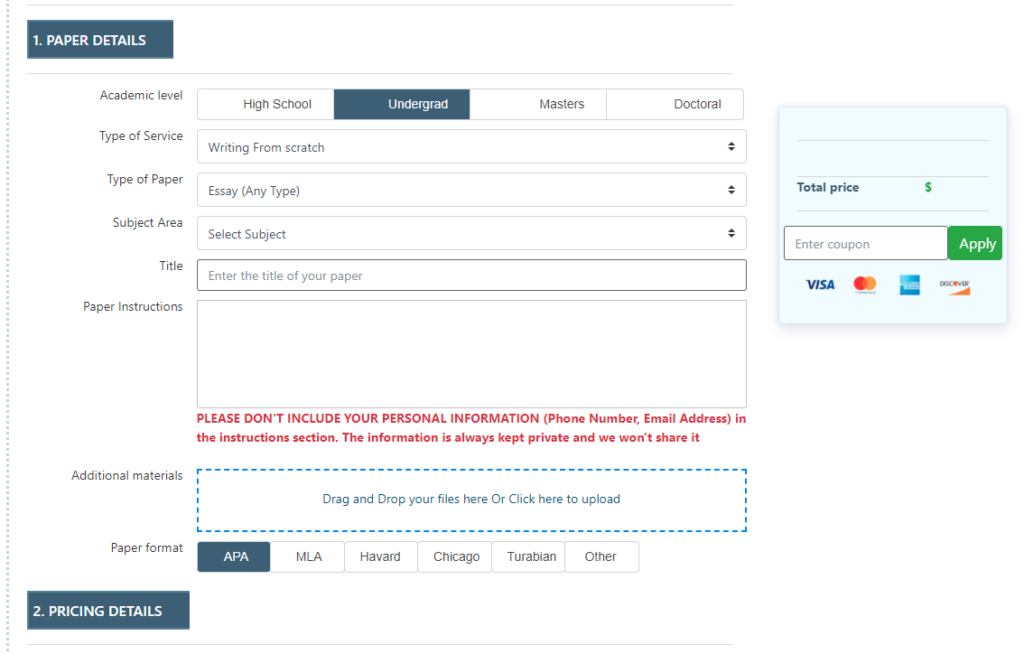1) What is a bioindicator? What ecological and biological aspects make lichens good indicators of poor air quality? In the study by Cameron et al. (2007) what were the pros and cons of using lichens to access air quality? How might these issues be aIDressed in future research projects?
2) How do marsh lands function as source or sinks for carbon dioxide? Discuss how exchange rates differ seasonally. How might this information be used to formulate regulation of regional and/or global carbon dioxide emissions?
3) Discuss the role of bioindicators in accessing water quality. How might the type of water feature (ie marsh, saltwater estuary, lake, pond, etc.) influence the selection of a bioindicator? Which species, or group of species, might be best suited as aquatic bioindicators? Why? Discuss the rational for developing water quality criteria for specific organisms, ie frogs, would these organisms be useful in tracking eutrophication? Why/why not?








